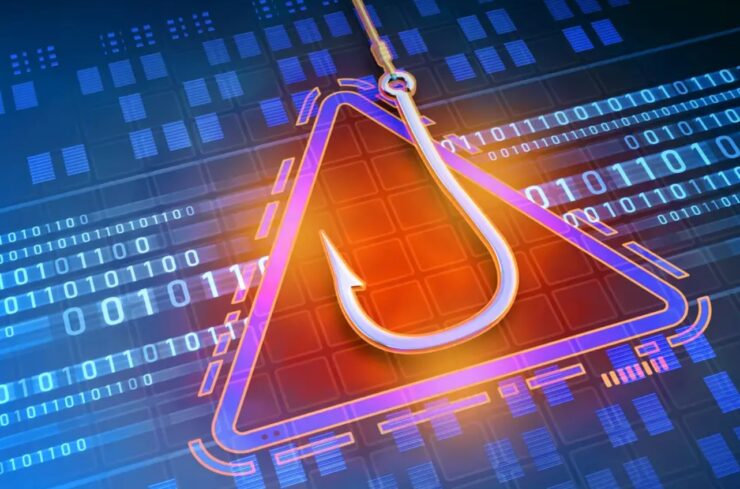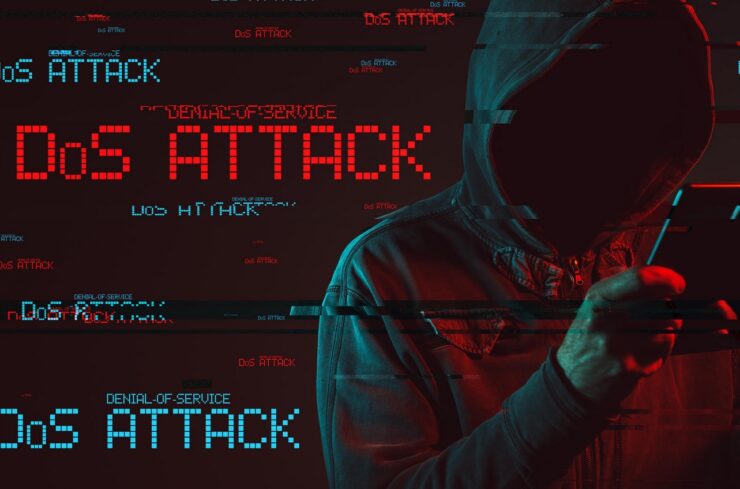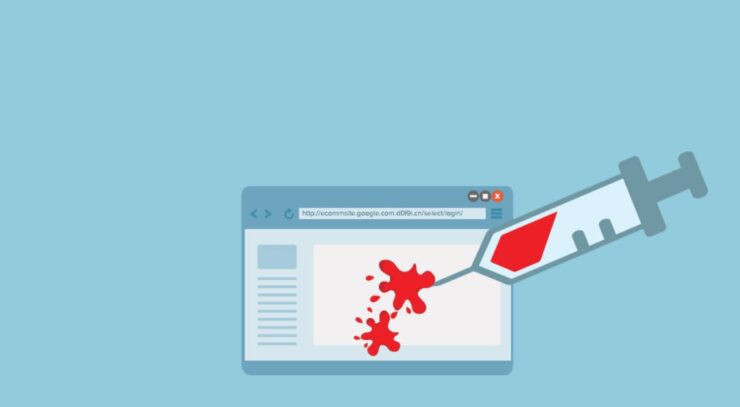We live in a digital era – much of our precious data is stored online, where it can be a target of various cyber-attacks.
Getting your valuable data stolen is not just dangerous, it can also lead to your company’s demise. This especially goes if you’re holding onto other people’s sensitive information.
As hackers find elaborate ways to get into your system, learning how to protect yourself is more necessary than ever.
Here we’ll explain some of the most common types of cyberattacks in order to help you prevent them.
So, without any further ado, let’s get to the bottom of it!
1. Password hacking

Establishing strong passwords on all of your accounts and programs is the basics of cyber hygiene. Unfortunately, not everyone’s putting enough effort into it, which more often than not puts their personal data in jeopardy. Not having a long, unique password that uses both letters and numbers (at the least) is like leaving your front-doors wide open in the middle of the night. It’s the perfect point of entry to various malicious individuals who’re looking to steal your valuables.
As hackers get more creative by the day, companies are encouraged to set strict password-related rules in all departments dealing with sensitive customer data. This includes never sharing or writing down any of their passwords, changing them as often as possible, and never using the same password for personal and business use.
2. Phishing

Phishing is something we’ve all encountered at least once in our lifetimes. Remember that one Nigerian prince offering you millions of dollars for seemingly no reason? You’d be surprised at how many people actually fall for those types of frauds. The main goal is to get you to share your private information or click on a link that contains malware. The phisher will use this to compromise your entire network and steal your valuable information, which can be incredibly dangerous.
Even if you think you’d never fall for this particular type of attack, they’re not always as obvious as the Nigerian prince we’ve mentioned above. They’re getting increasingly difficult to recognize – you might get an email from „Google“ or „Microsoft“ prompting you to fill out a form containing private data such as your password, email, or even your credit card information. Proceed with caution, especially on your business accounts.
3. Denial of Service attacks

In this type of cyber attack, hackers will send out overwhelming amounts of data to your website in order to make it crash. This will make your services unavailable to your customers, which can affect your business in more ways than one.
The only way you can protect yourself is by keeping your system up-to-date, as well as by tracking your traffic as often as possible. Frequent crashes could mean huge losses for your company if you’re not careful.
Make sure you collaborate with cyber security professionals such as those at Cytelligence to ensure your system is protected at all times of the day. You don’t want to risk security and data breaches at your company, no matter how small it is.
4. MitM attacks

„Man in the middle“ cyber-attacks occur when a hacker attempts to intercept the communication channels between two devices. They use this to steal information, inflicting endless amounts of damage to businesses and individuals alike.
The majority of these attacks happen when a public unprotected Wi-fi connection is used. Make sure you always use a safe network to get online. This especially goes if you’re paying or receiving money on the internet.
MitM attacks aren’t as common as they’re used to be, as most communication services nowadays use secure encryption methods to transfer data. For example, secure file transfer protocol https://www.goanywhere.com/solutions/secure-ftp.
However, this doesn’t mean you shouldn’t be wary of these, especially if you’re sharing your sensitive data on the network.
5. Various types of malware

Malware is a type of malicious computer software that can damage, delete or even alter your files when downloaded on your device. The most common one is ransomware, where you’d be required to pay a certain amount of money to get your files back.
In order to protect yourself from malware attacks, there are two main things you should be doing: practicing proper cyber hygiene and installing quality antivirus software on all of your devices.
Make sure to contact a cyber security expert to help you set up a proper security system – one that you should constantly upgrade and update in order to keep up with the advancing types of malware that may target you in the future.
6. SQL injections

Your database is what powers your entire system – if it’s set up properly, all of your data inside of it will be encrypted. It’s something that should never be visible to an outsider, especially if you’re storing sensitive information about your company or your customers. SQL injections are a way hackers bypass your backends’ protective system and wreak chaos on your entire database.
The only way to prevent these types of cyberattacks is by employing highly skilled developers and cyber security experts to build and secure your database properly. Make sure you only work with reputable individuals and agencies in order to keep your systems as secure as possible.
There are three main types of SQL injections you should be wary of – in-band, blind and out-of-band injections. They all pose different types of risks to your system, so make sure you learn as much as you can about them.
The bottom line
All in all, protecting yourself from potential cyber-attacks is of the utmost importance, especially if you’re a business owner. The best way to go about it is to employ a team of professionals who’ll take the necessary security precautions and keep you and your company safe from hackers and other malicious individuals looking to steal your data.
We hope our article helped you understand the differences between the most common cyber attacks and we wish you the best of luck in all of your future endeavors.

